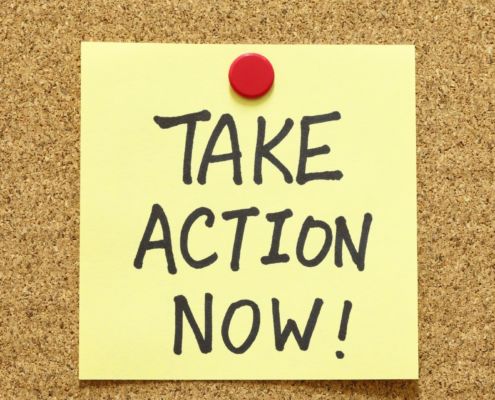
Stop the continuous ‘grind’!
Are you in continuous ‘grind’ mode --working long hours,…

Your Top 6 Tips to Avoid Zoom Fatigue
Zoom Benefits and Zoom Fatigue
I think I may be one of the few…

Leadership and Coaching | How to Predict Your Success?
How to Predict Your Success?
Predict Your Success |…

Verbal Fluency and 3 Ways to Motivate You to Take Action
The Importance of Verbal Fluency
I have had the opportunity…

Quarter Two | Understanding Your Numbers
As we commence Q2 this week, an item to prioritize in your schedule…

